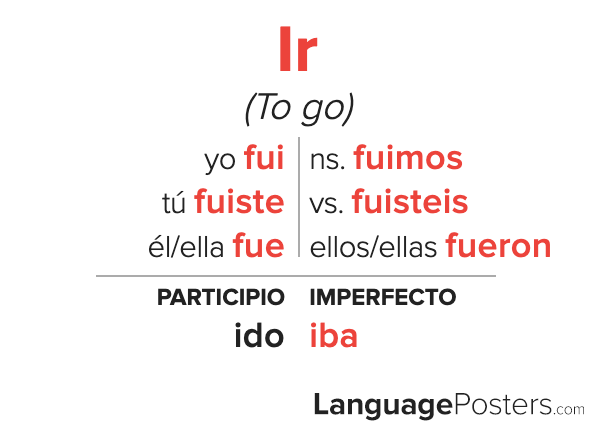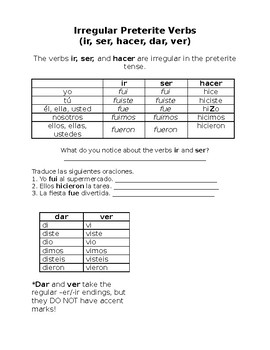
To talk about something that happened at a specific point in the past The preterite is often referred to as simple past Spanish, or even just the Spanish past tense. It’s used to describe events that happened and ended in the past, such as events that have a clear beginning and end.


Preterite is one of the most common tenses used to speak about the past in Spanish. Let’s get started! What is Preterite Tense We’ll finish up with a nice list of preterite conjugations for many of the most common verbs in Spanish. Preterite conjugations can get a little bit spicy, so here we’ll go over the preterite conjugation and preterite endings, including the preterite irregulars and preterite stem-changing verbs. The other Spanish simple past tense is called imperfect, so we’ll cover its details as well in order to compare preterite vs imperfect. The Spanish preterite is most similar to the simple past tense in English, comparable to adding -ed to the end of a word, although there are some important differences that we’ll get into. We mean one-and-done, clear-cut actions in the past.

So, we don’t use preterite tense Spanish to describe a scene, or to talk about actions that were habits or a process. There are other past tenses in Spanish, but you only use the preterite when you are talking about actions in the past that have been completed, and that have a definitive beginning and end.

When speaking in the past tense in Spanish, we use the preterite tense, or pretérito simple.


 0 kommentar(er)
0 kommentar(er)
